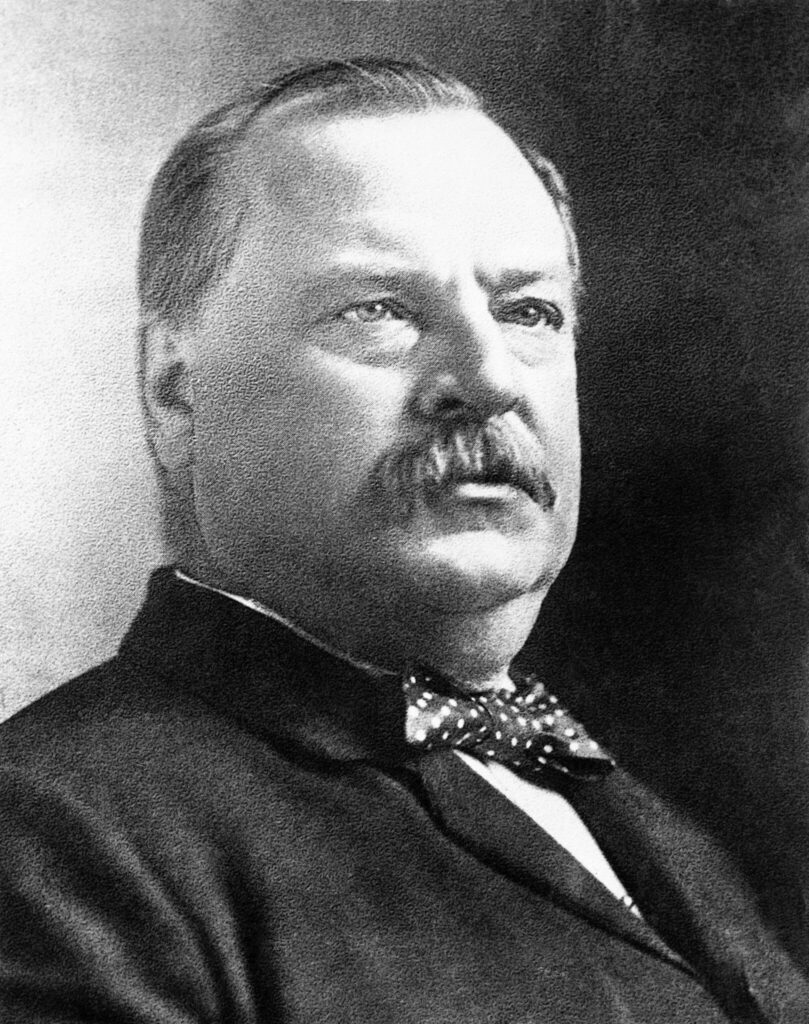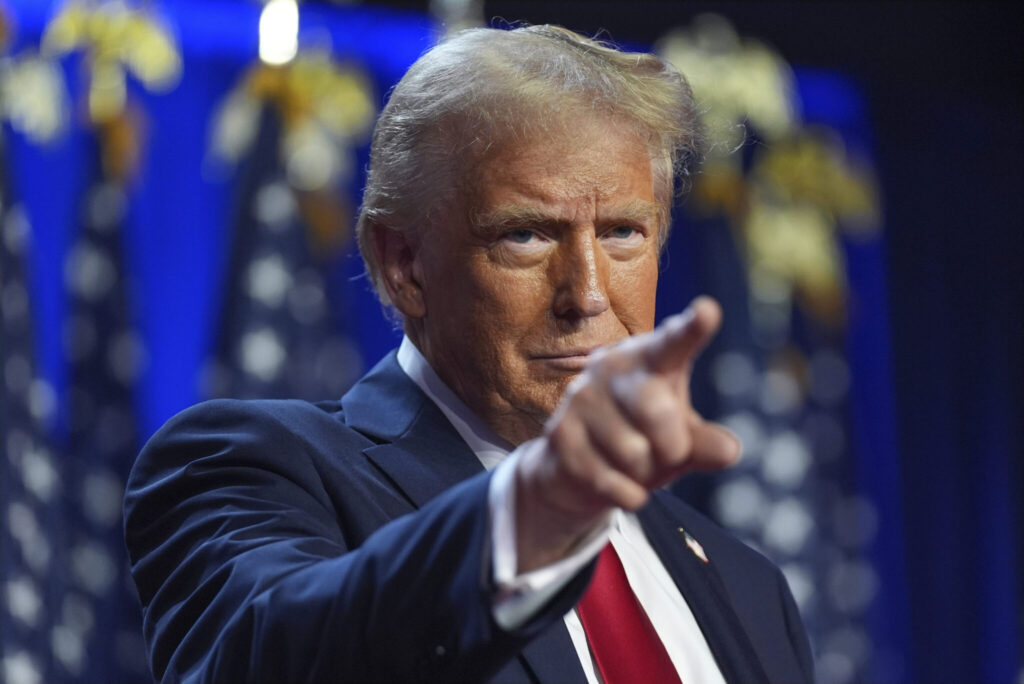Grover Cleveland/ Donald Trump/ non-consecutive presidential terms/ 2024 election/ historical precedent/ Newslooks/ WASHINGTON/ J. Mansour/ Morning Edition/ Donald Trump, like Grover Cleveland, will serve non-consecutive presidential terms, making him the second U.S. president to achieve this rare feat. Cleveland, originally elected in 1884 and then again in 1892 after a four-year gap, paved the way by maintaining public support and political influence between terms. Trump’s return to office mirrors Cleveland’s approach, including ongoing public advocacy and loyal supporters.

Non-Consecutive Presidential Terms: Quick Look
- Historical Precedent: Grover Cleveland was the first U.S. president with non-consecutive terms, serving as the 22nd and 24th president.
- Popular Vote Lead: Cleveland won the popular vote in both 1884 and 1888 but only served his second term after winning the 1892 election.
- Policy Advocacy: Cleveland’s tariff-reduction stance solidified his Democratic Party influence, helping keep his name prominent.
- Modern Parallels: Like Cleveland’s loyalists, Trump’s allies have sustained his influence, challenging rival voices within the party.
Trump Mirrors Grover Cleveland’s Unique Presidential Return Path
Deep Look
Donald Trump’s return to the White House in 2024 after a four-year hiatus mirrors a unique precedent in American history, first set by Grover Cleveland, the 22nd and 24th U.S. president. With his re-election, Trump becomes the second president to serve non-consecutive terms, following Cleveland’s path nearly 130 years later.
Grover Cleveland’s political journey began when, as governor of New York, he captured the Democratic Party’s presidential nomination in 1884. Known for his reputation as a stable, responsible leader, Cleveland narrowly won the popular vote that year, securing enough electoral votes to take office. His first term focused on a mix of issues, but a standout policy was his push to reduce tariffs imposed during the Civil War. Cleveland tied this stance closely to Democratic Party values, rallying public support and solidifying his role as an outspoken policy advocate, according to Daniel Klinghard, a political science professor at the College of the Holy Cross in Massachusetts.
When Cleveland faced re-election in 1888, he won the popular vote again but was defeated in the Electoral College by Republican challenger Benjamin Harrison. Despite the setback, Cleveland remained highly regarded by the public. His political operatives and wealthy supporters kept his name active in the political arena, continuing his legacy and positioning him for a potential return. Klinghard notes that Cleveland’s allies worked to sustain his public presence and prominence in a manner that resembles Trump’s post-2020 influence campaign. Cleveland’s political allies actively supported his free trade policies, dismissing other contenders as viable threats. This support base, fueled by mutual interests in tariff reduction, ensured Cleveland’s continued visibility and eventual comeback in the 1892 election.
In 1892, Cleveland decisively reclaimed the presidency, winning both the popular and electoral vote, making him the only president to serve non-consecutive terms—a unique achievement Trump will now replicate.








You must Register or Login to post a comment.